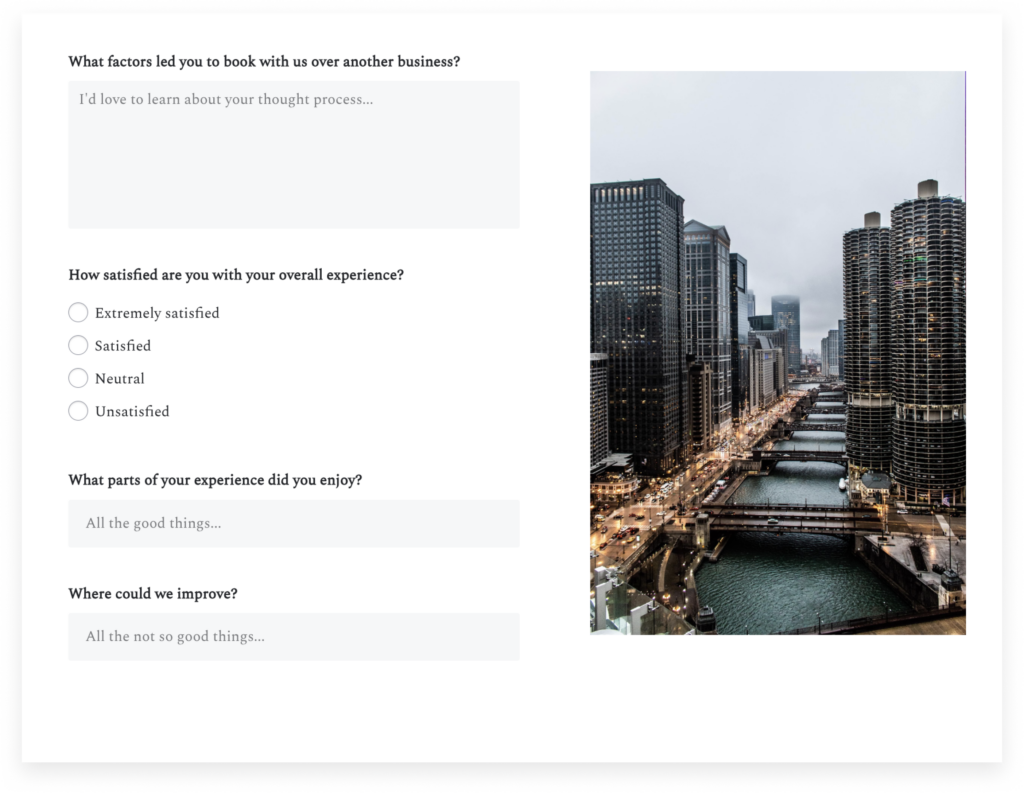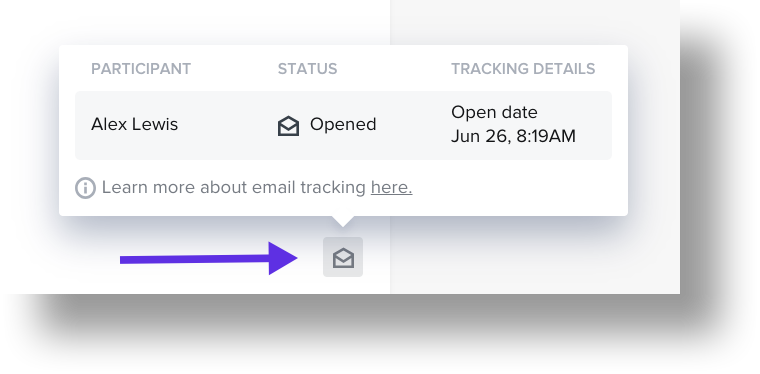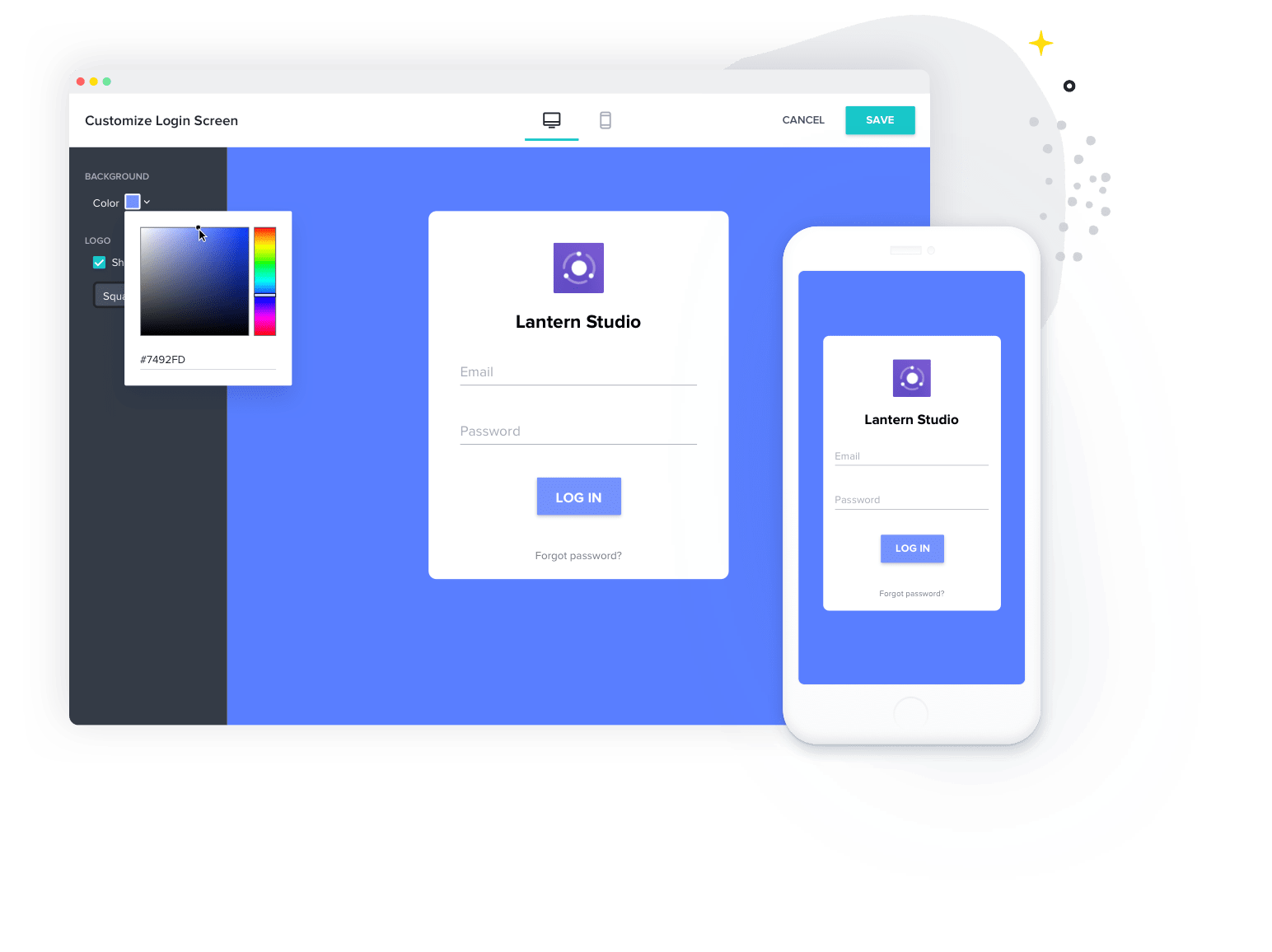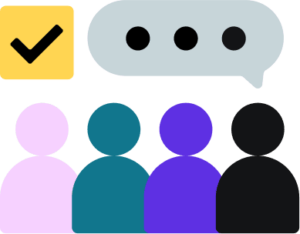Struggling to stay on the same page with your clients? Learn how to improve client communication with these 9 tips. Start using the best tools, strategies, and methods of communication for more successful projects.

Effective communication helps businesses understand and address unique problems and client needs, enhancing the overall customer experience.
However, this task becomes challenging when dealing with multiple clients, especially when they are spread across the country or the globe. Varying time zones and communication preferences add layers of complexity to client interactions.
Poor communication can lead to unsatisfactory service delivery, damaged relationships, and ultimately, a loss of trust and revenue. It can cause clients to feel undervalued or misunderstood, leading to frustration and churn.
Not to forget, there might be missed opportunities when key feedback isn’t accurately exchanged or understood.
In this article, you will find 9 practical tips to enhance your client communication quality, thereby bringing efficiency and satisfaction to your business relationships.
Jump to:
- Use multiple channels
- Aim for clarity and conciseness
- Encourage feedback
- Provide regular updates
- Train your team
- Leverage visual aids
- Be prompt in response
- Practice active listening and empathy
- Log each instance of communication
- How to facilitate effective communication

Use HoneyBook to manage all of your client communication in one place.
1. Use multiple channels
Understanding that different people have varied preferences in communication is key to effective client interaction. Additionally, different communication media serve different purposes in a business context.
For instance, your contact center might prefer emails for sharing quick updates or resolving issues on the go. On the other hand, video conferencing tools like Zoom can be more apt for in-depth discussions and brainstorming sessions.
For instance, email is ideal for sharing quick updates or resolving issues on the go. On the other hand, video conferencing platforms or VoIP calling are more apt for in-depth discussions or brainstorming sessions.
Using a medium that the client is comfortable with ensures that the message is delivered, well-received, and understood. This greatly improves the efficiency and effectiveness of the communication.
Businesses should be adept at navigating a variety of communication channels to cater to these diverse needs. Some common channels include email, texting, phone calls, video conferencing platforms, instant messaging apps, and even face-to-face meetings where feasible.
By being versatile in your communication approach, you can ensure that your interactions with clients are productive and comfortable for them.
2. Aim for clarity and conciseness
Clear and concise communication ensures that your core message is conveyed without unnecessary embellishments. It reduces the likelihood of misunderstandings and errors, making it easier even for difficult clients to understand and respond.
To achieve this level of clarity and brevity, you can:
- Start with the main point: Begin your communication with the most important information.
- Use simple language: Avoid jargon and complex terms. Opt for straightforward, everyday-use words that are easily understandable.
- Be specific: Vague statements can lead to client confusion. Share details and clear instructions. Get feedback to ensure there is no ambiguity.
- Edit ruthlessly: After drafting a message, review it to remove any unnecessary words or phrases.
- Use bullet points for complex information: When conveying complex or multiple pieces of information, bullet points can be effective in breaking down the content into digestible parts.
- Summarize lengthy discussions: After a long meeting or conversation, summarize the key points discussed to reinforce understanding and agreement.
3. Encourage feedback
Feedback from clients provides insights into client satisfaction, service quality, and areas needing improvement. It also plays a key role in understanding client expectations and preferences, which can guide future interactions and offerings.
However, it’s important to recognize that not all feedback is equally useful. Some may be too vague to be actionable, while other feedback might not be relevant to your business goals or vision.
To collect useful feedback, you should:
- Use feedback questionnaires: Develop structured feedback questionnaires with specific, targeted questions. This approach can yield more actionable data than open-ended feedback.
- Offer multiple channels for feedback: Provide clients with various ways to give user feedback, such as via email, online surveys, or direct phone calls.
- Ask specific questions: Instead of general inquiries like “How did we do?”, ask specific questions about particular aspects of your service or product
- Encourage honest feedback: Create an environment where they feel comfortable sharing their true thoughts. Your survey should make them feel that their opinions are valued and essential for improvement.
- Analyze and act on feedback: Regularly review the feedback, identify common themes or suggestions, and take concrete steps to address them.
- Follow up on feedback: When possible, follow up with clients who have provided feedback, especially if they’ve reported issues. Inform them that their feedback has been considered and the required change has been made.

Clients will only share meaningful feedback if you build a relationship based on trust. You can do that by acknowledging their pain points and offering services/solutions that address their concerns.
For instance, data security and privacy are a big concern among customers. This pain point can be addressed with solutions like GRC (Governance, Risk management, Compliance) software that keeps data safe. Businesses can manage policies, assess risks, and streamline compliance using such solutions.
Such measures can boost their confidence and trust in the business. Once you’ve established a relationship based on trust, they will go out of their way to share their opinions and suggestions.
4. Provide regular updates
Regular updates on product launches, new policies, or any new trend ensure that both parties are on the same page. This minimizes the chances of misunderstandings, thereby building trust. This transparency in communication helps in managing expectations and allows for timely adjustments if needed.
It not only enhances client satisfaction but also provides opportunities for feedback, which is crucial for the project’s success.
Here are some actionable tips for sharing regular updates with clients efficiently:
- Set a schedule for updates: Establish a regular schedule for updates (weekly, bi-weekly, etc.) and stick to it. This creates a rhythm and expectation for communication.
- Use project management tools: Leverage project management tools like Trello, Asana, or Monday.com to provide real-time updates and progress tracking.
- Be clear and focused: Share what has been achieved, what’s in progress, and any challenges faced. Avoid sharing unnecessary details that could dilute the main message.
- Include visuals: Where possible, use visuals like charts, graphs, or screenshots to make your updates more engaging and easy to understand. (More on this below.)
- Personalize your communication: Tailor the updates to the specific client, focusing on aspects of the project that are most relevant to them.
Pro tip
Automate your communication so you don’t have to think about it throughout your client projects. You can set up your emails in advance to send details about milestones, check-ins, payment reminders, and more.
5. Train your team
Having a well-trained team ensures consistency in the quality of communication across all client interactions. This reflects positively on the business’s professionalism and commitment to client service.
Such team members are more likely to handle client queries effectively, resolve issues efficiently, and build strong client relationships.
Here are actionable tips for businesses to equip their team members with the right communication skills:
- Regular training workshops: Conduct regular training sessions focused on communication skills. These can include topics like active listening, email etiquette, handling difficult conversations, and cultural sensitivity in communication.
- Role-playing scenarios: This helps team members practice and refine their communication skills in a controlled environment.
- Encourage knowledge sharing: Foster a culture where team members share successful communication strategies and experiences. You can do this through periodic team meetings or an internal knowledge-sharing platform.
- Invest in communication tools: Equip your team with effective communication tools and technology such as Slack, Microsoft Teams, and Zoom. Ensure they are trained in using these tools efficiently.
- Set clear communication standards: This includes response times, tone of voice, and the level of formality expected.
6. Leverage visual aids
Visual aids, such as diagrams, infographics, flowcharts, presentations, and even simple sketches can transform complex concepts into clear, digestible visuals.
These aids are effective in conveying data, illustrating processes, and summarizing large amounts of information in an easily accessible format.
Cater to visual learners and add a dynamic element to your communications, making them more engaging and memorable.
Here’s how businesses can utilize such tools in their client communications:
- Select appropriate visuals: Choose the type of visual aid that best fits the information you’re conveying. For instance, use pie charts to show proportions, line graphs for trends over time, and flowcharts for processes or workflows.
- Consistent branding: Incorporate your company’s branding into your visuals. Consistent use of colors, fonts, and logos reinforces brand recognition.
- Utilize modern tools: Make use of user-friendly tools like Prezi, Keynote, or Google Slides for creating engaging presentations.
- Focus on quality: Ensure that images and graphics are of high resolution and that the overall design is polished.
- Interactive elements: Where possible, include interactive elements in your visuals, like clickable areas in digital presentations, to make the experience more engaging for the client.
7. Be prompt in response
Delayed responses can create a negative impression, suggesting to clients that their concerns or business are not a priority. This can lead to frustration and a sense of being undervalued, potentially harming the business relationship.
A timely response, on the other hand, demonstrates respect for the client’s time and needs. It shows that the business is committed to providing a positive experience.
To ensure you are always reverting to your clients quickly enough:
- Set clear response time policies: Establish and communicate clear guidelines within your team regarding response times. For instance, aim to acknowledge emails within 24 hours, even if a full response will take longer.
- Send automated replies: For support inquiries, for instance, set up automated responses with chatbots that can receive their query and provide an estimated time frame for a detailed response.
- Prioritize communications: Organize client communications based on urgency and importance.
- Check messages regularly: Allocate specific times in your schedule to check and respond to client messages.
Pro tip
With HoneyBook, you can conduct all client communication in one place and view email statuses so you always know when your emails are sent, delivered, and read.

8. Practice active listening and empathy
Active listening makes you a participant in the conversation where you learn about your client’s problems in depth. Empathy puts you in the client’s shoes, allowing you to understand their feelings and perspectives.
Active listening and empathy complement each other by ensuring that not only are the words of the client heard, but their emotional undertones are also acknowledged.
Here is how you can put it into practice:
- Give your full attention: Avoid distractions and focus entirely on the client during conversations.
- Acknowledge and reflect: Show that you are listening by nodding, making eye contact, and occasionally paraphrasing or summarizing their points to confirm understanding.
- Refrain from interrupting: Let the client finish sharing their thoughts without being interrupted.
- Show empathy: Use empathetic statements like “I understand how that could be frustrating and I am here to help you out.” to demonstrate that you are not just hearing their words but also relating to their feelings. And you will offer a fitting solution to their problems.
- Avoid rushing to solve: Acknowledge the client’s feelings and perspective and come to the solution part later.
9. Log each instance of communication
A communication log provides a historical record of discussions, decisions, and feedback; ensures transparency within the team; and helps in quickly bringing any new team member up to speed.
Additionally, it can be invaluable in resolving any disputes or misunderstandings that may arise later.
Here are some tips on maintaining an effective client communication log:
- Use a centralized system: Utilize a centralized system or tool accessible to all team members, such as a CRM platform or client portal, to log communications.
- Log details promptly: Encourage team members to log details immediately after a client interaction.
- Include key information: Each entry should include the date, time, mode of communication (email, call, meeting), participant details, and a summary of the discussion.
- Categorize entries: Make it easy to retrieve information whether through filters or search.
- Maintain confidentiality: Ensure that sensitive information is protected and accessible only to authorized team members.

How to facilitate effective client communication
Effective client communication is pivotal for enhancing your client experience and quality of service.
Firstly, it’s beneficial to use multiple communication channels, adapting to your clients’ varied preferences. Clarity and conciseness are key; it’s important to avoid jargon and remain specific to avert misunderstandings.
Actively encouraging client feedback during regular updates can also help foster two-way communication, keeping clients informed, engaged, and satisfied.
To facilitate these strategies for effective communication, use a clientflow management platform to manage everything in one place. With a tool like HoneyBook, you can view all of your communications on the same platform and use email or SMS to keep up with clients. Using HoneyBook templates, you can also easily request client feedback and share important project details.

Simplify communication and maintain better relationships by centralizing all client interactions with HoneyBook.



